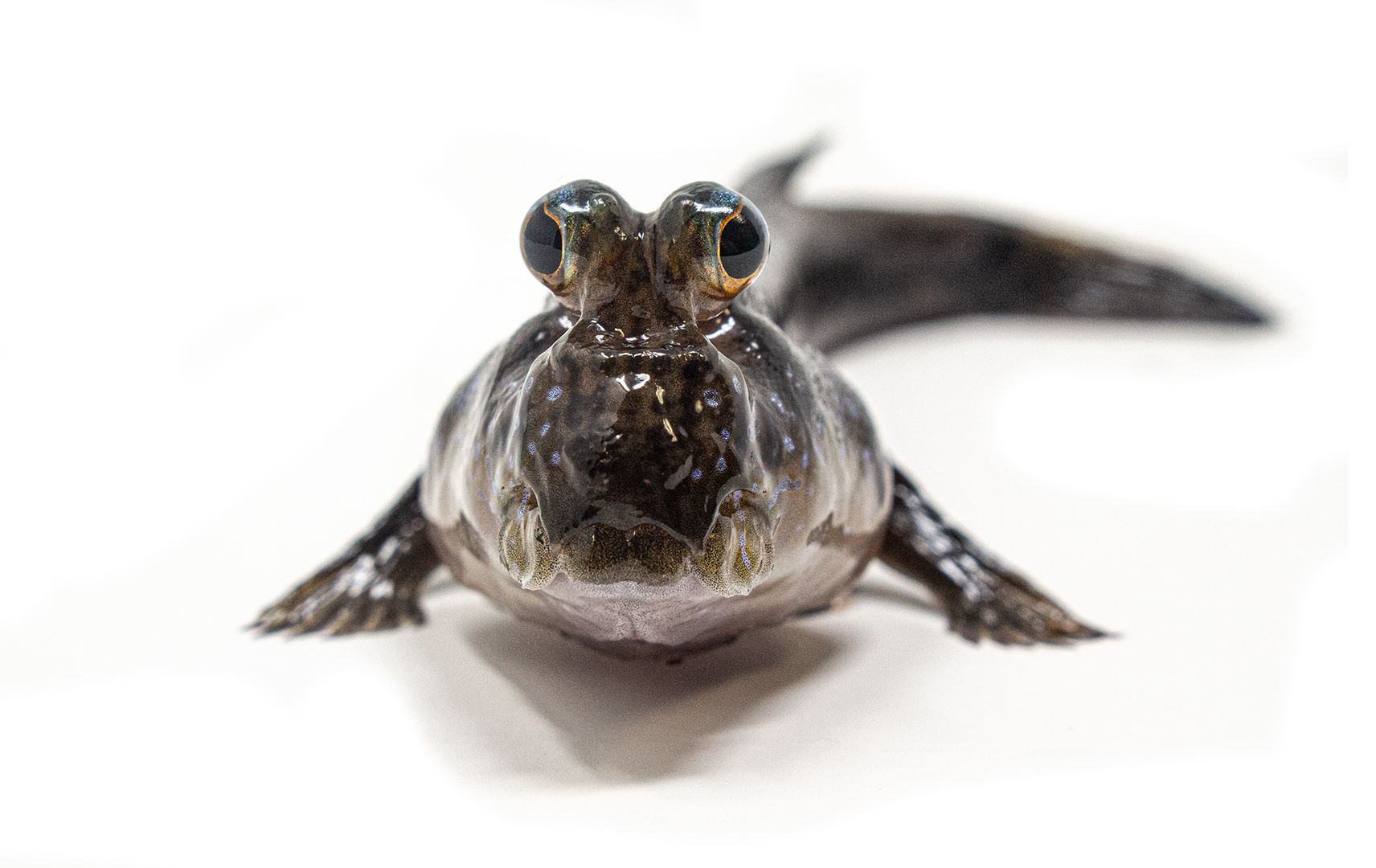Common Name: Atlantic Mudskipper
Scientific Name: Periophthalmus barbarus
Type: Fish
Family: Oxudercinae
Genus: Periophthalmus
Diet: Crickets, Worms, flies, mealworms, beetles, fish, crustaceans, and other arthropods
Life Span: Atlantic Mudskippers can live up to 5 years
Size: Mudskippers can be anywhere from 2.75 to 9.75 inches in length
Weight: Mudskippers can weigh anywhere from 0.5 to 65.3 grams
Location: This species is located on the Tropical Atlantic coasts of the African Indian ocean, The Western Pacific ocean, and Guam


